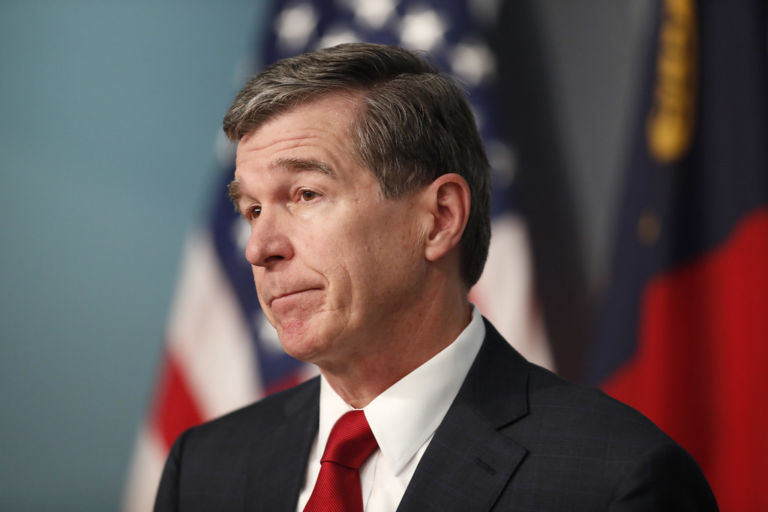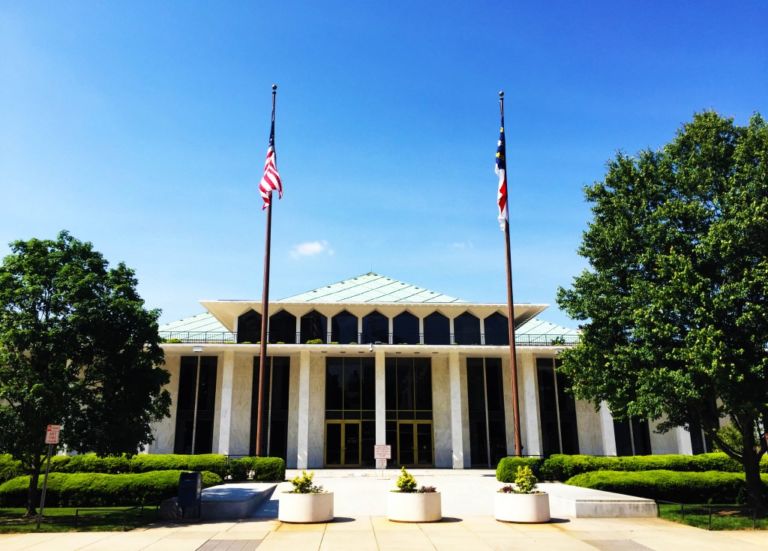Health, education, and public safety account for $21.9 billion of the $23.9 billion general fund appropriations. John Locke Foundation’s Joe Coletti explains why these areas have the largest absolute and relative increases.
The university system employs 35,000 North Carolinians, and 32,000 people work for the state as troopers, judges, attorneys, correction officers, and related positions.
More than one-fifth of North Carolina residents are enrolled in a public school, community college, or university. Medicaid is the largest share of state spending on health care, and it covers roughly the same share of North Carolinians, with many of the 1.2 million children it covers also enrolled in school.
Public school spending increased by $500 million, mostly driven by an average 6.5% pay increase for teachers.
Enrollment growth is the other factor that drives K-12 spending. Whether in district or charter schools, more students enroll in public schools each year as the overall population grows by about one percent per year.
Community college appropriations increased by $63 million and university spending increased $134 million, with the money also going to salaries and benefits.
Medicaid spending is $117 million higher.
Medicaid’s increase is not due to salaries and benefits. Most of the spending growth for the joint state and federal health insurance plan for low-income individuals is due to $117 million higher spending on medical care.
Spending on prisons, community corrections, highway patrol and the courts increased by $90 million.
Compensation was the single largest increase in spending on public safety. After receiving $18.4 million in additional pay last year, correctional officers and prison staff received another round of raises totaling $22.2 million. Raises for state troopers and other public safety employees added another $21 million to the budget. Court employees received $10 million in higher wages.
Find more of Joe’s commentary here.


